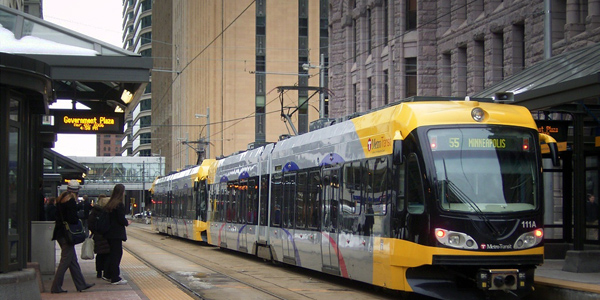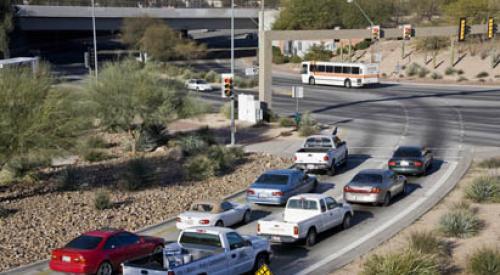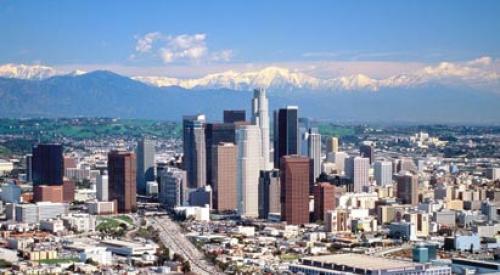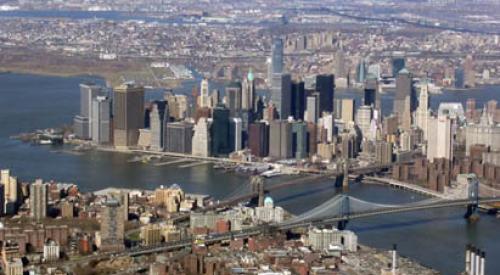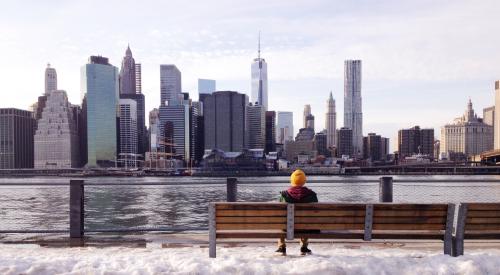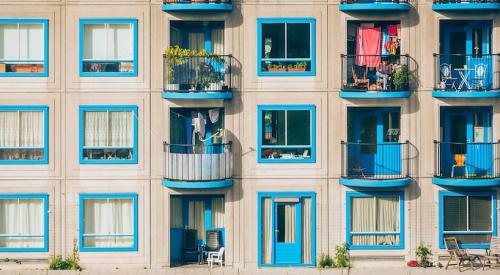After analyzing data from the Census Bureau, economist Jed Kolko found that density is not always the opposite of sprawl.
Kolko defines sprawl as areas with fewer households per acre and that are also car-dependent. But residents of Portland, with fewer households per acre than Las Vegas, are more likely to take public transit, walk, or bike to work than residents of Las Vegas. The same goes for the people of Boston, Philadelphia, Washington, D.C., and Chicago – all are less dense than Los Angeles, but their citizens prefer public transit.
This insight can help planners and builders understand the popular preference for population density among American households. Speaking of the spacious Western states, where a nighttime satellite image shows swaths of near-empty land from Dallas to Fargo and St. Louis to San Francisco, Kolko writes: “In an America where people often insist their cities are too “full” to accommodate growth, this is where you would want to build more.”
But he’s quick to add that “that’s not quite the right way to look at the question. Most of us aren’t aiming to maximize the amount of land we own. We want some space, but space within commuting distance of jobs, stores and schools.”
